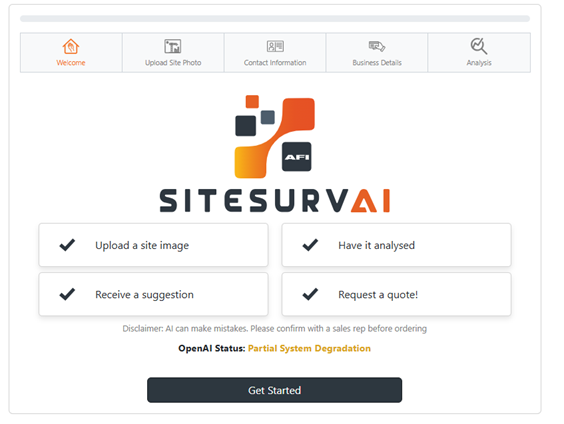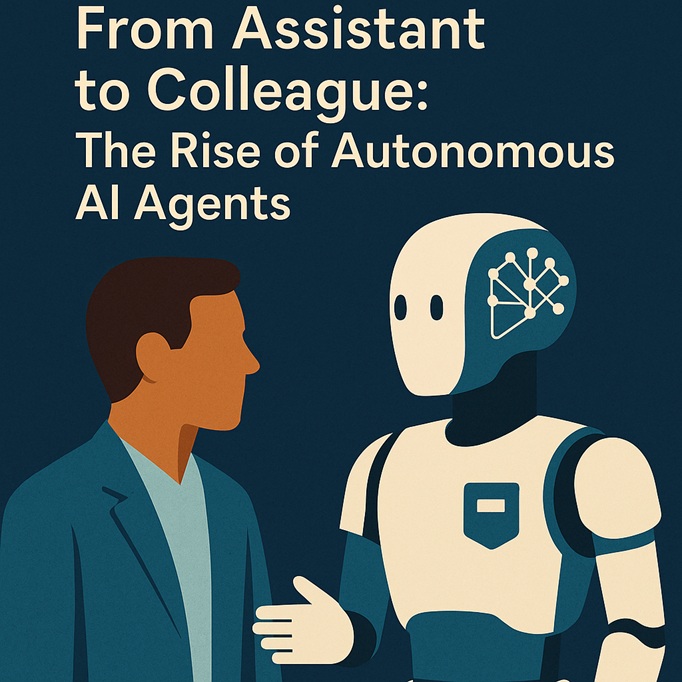A basic tenet of economics suggests that when the supply of labor shifts down or the demand for labor shifts up, it creates a shortage of workers at the current wage rate. If this imbalance persists, eventually wages rise, attracting workers into the workforce, resulting in a new equilibrium level of employment with a corresponding higher wage.
While wages have been rising, and are expected to continue to rise in 2022, worker shortages remain. Company executives often tell me they can’t seem to recruit workers even when offering higher wages. There are a lot of theories about why higher wages are not seemingly working to attract desperately needed workers.
The fear of COVID exposure likely kept some workers out of the labor force, at least early in the pandemic. Many executives have felt that strong unemployment benefits in the wake of the pandemic lowered the desire, and perhaps the necessity, to work. In the U.S. we have seen a sharp drop in the number of daycare workers, which has likely led to a reduction in childcare services and is keeping some workers out of the labor force. Some workers might be unwilling to return to the office for other reasons.
New research from Julie Hotchkiss suggests that higher wages may not be enough to sufficiently attract certain segments of the labor force. From her paper:
“labor supply decisions of both Generation X (those born from 1965 to 1980) and the millennial generation (born from 1981 to 1996) are less responsive to wage increases than decisions made by baby boomers at the same age…compared to baby boomers, millennials’ labor force participation decisions are only about three-quarters as responsive to wage changes and participation decisions by members of Generation X are only about half as responsive.
So what does this mean for employers? You will likely need to more aggressively offer non-monetary benefits and incentives. This is especially true for jobs requiring less education. You likely can’t avoid offering higher wages, but you also need to sweeten your offers with greater nonwage incentives to attract and retain the workers you need.



